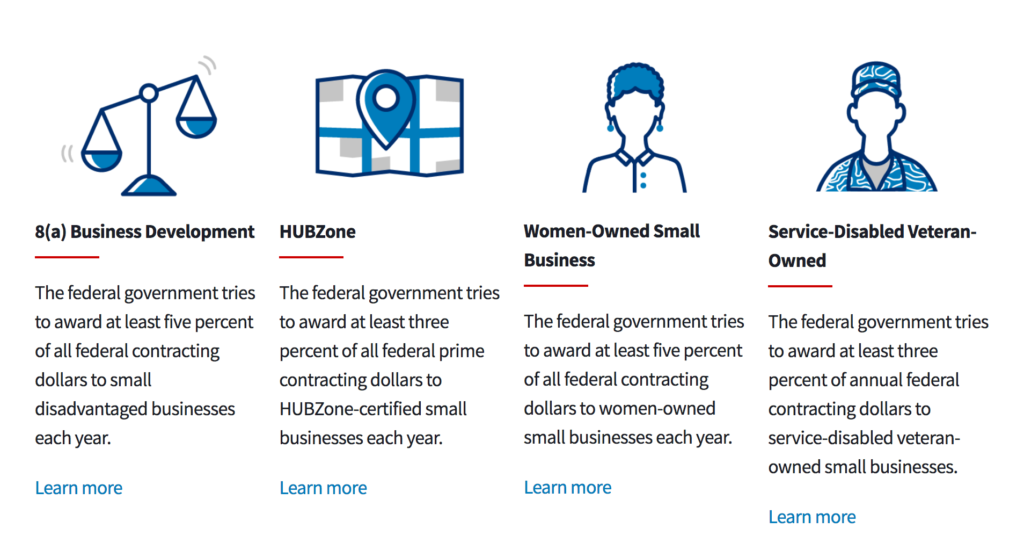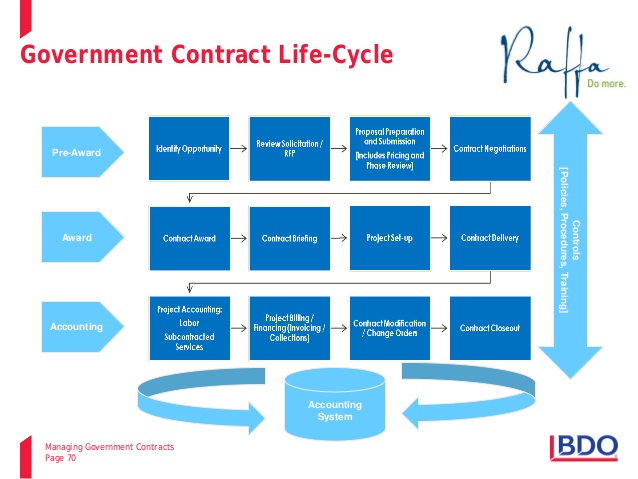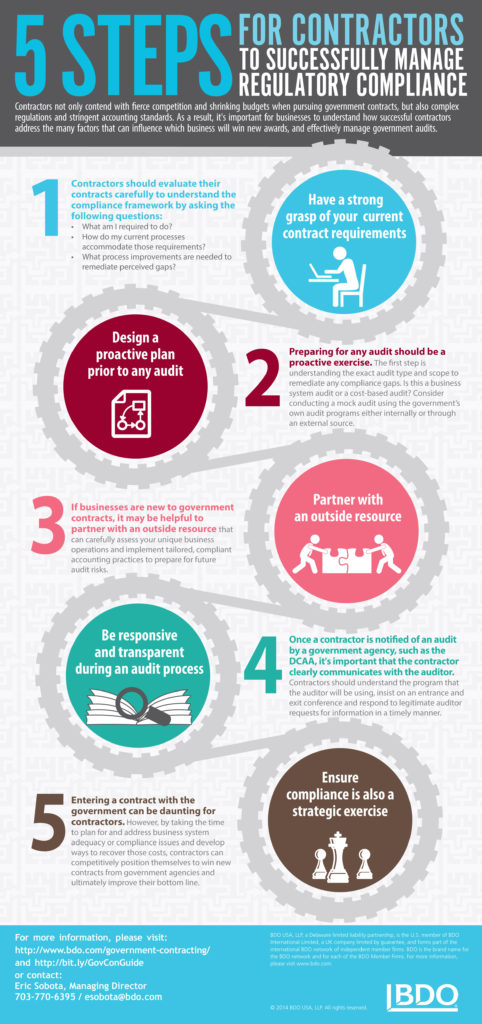
Reading RFPs and contracts carefully can get you well on your way to complying with federal requirements and getting the contract! It IS a victory!
If you are seeking out federal contracts but don’t know where to start, we got you covered! Let’s get start with getting familiar with the terms the federal client will use:
Contract Terms
Proposal – an offer, submitted in response to a request from a contracting authority, that constitutes a solution to the problem, requirement or objective in the request.
Bid – a tender, proposal or quotation submitted in response to a solicitation from a contracting authority.
Solicitation – The process used to communicate procurement requirements and to request responses from interested vendors.
Invitation for Bid (IFB, IFBs) – an IFB is also referred to as a sealed bid. It is usually for requirements over $100,000, it is competitive and the lowest bid will win.
Request for Proposal (RFP, RFPs) or Request for Tender (RFTs, RFT) – an RFP, while generally used for requirements of $25,000 or more, is often employed for requirements where the selection of a supplier cannot be made solely on the basis of the lowest price. An RFP is used to procure the most cost-effective solution based upon evaluation criteria identified in the RFP.
Request for Quotation (RFQ, RFQs) – an RFQ is normally sent out when a requisition is received for goods and services valued at less than $25,000. The bid documents are kept simple so that the contract can be awarded quickly.
Procurement – the process of obtaining materials and services which includes the determination of requirements and acquisition from a supply system or by purchase from the trade.
Roles
Contracting Officer – A person with the authority to enter into, administer, and/or terminate contracts and make related determinations and findings. The term includes certain authorized representatives of the contracting officer acting within the limits of their authority as delegated by the contracting officer.
Contractor – one who contracts to perform work or furnish materials in accordance with a contract.
Contracting Officer’s Representative (COR) – An individual, including a contracting officer’s technical representative (COTR), designated and authorized in writing by the contracting officer to perform specific technical or administrative functions.
NAICS Codes
The North American Industry Classification System (NAICS – pronounced “nakes”) is a government classification system that groups businesses into numeric codes by industry type, for the purpose of collecting, analyzing, and publishing statistical and economic data.
For a complete list of codes: https://classcodes.com/naics-code-list/ – tab-id-1
Now you will need to familiarize yourself with the set-asides your business complies with. Becoming a certified HUBZone business, for example, allows you to narrow your search and be more competitive in the search for solicitations.
Set-asides for Government Contracting Programs

For more information about each category, sba.gov
Next, you will need to know the stages a government contract goes through from pre-award to completion. If you have question, bring them up before you send the bid/proposal.

When you are awarded the contract, learn and maintain regulatory compliance following these five steps:

Now you can celebrate! Winning a contract is a major step forward for your business that will earn past performance for upcoming contracts. Reference your contract often and keep in communication with your client to ensure that needs are being met.
Terminology Sources:
https://www.slideshare.net/RAFFALearning/20141015-managing-government-contracts
https://www.findrfp.com/Government-Contracting/Gov-Contract-Term.aspx
http://www.sapdc.org/business/government-contracting-terms-definitions
https://defensestudies.net/pages/glossary-defense-contracting-terms-a
Trouble understanding some acronyms? Use these sources:
http://gsa.federalschedules.com/resources/govcon-glossary/
https://www.targetgov.com/wp-content/uploads/2014/09/TargetGov-Federal-Acronyms-and-Glossary.pdf
Author, Laura V. Boston
The C3 Group
